One of Europe's first blueberry plantations was set up in the Spanish region of Asturias back in 1968. With the help of what is now known as Serida, a cultivation test was launched with plants brought from the United States which was ahead of its time, as not many people knew the fruit at the moment, but which would lay the groundwork for the development of a berry that, in the first half of 2024 alone, recorded exports in Spain worth 519 million Euro.
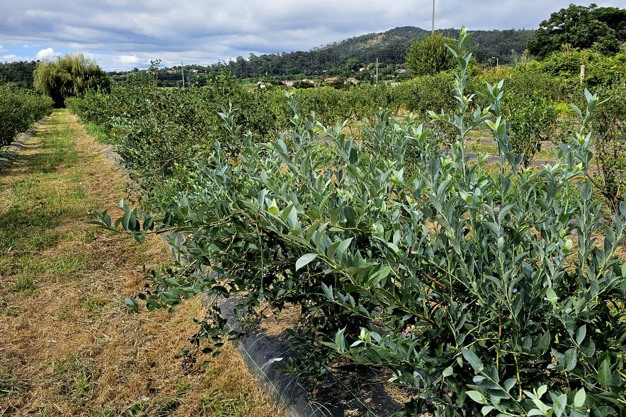
"In fact, Asturias and the northern coast in general continue to play a very strategic role in the Spanish blueberry campaign," says Adrián García, from Arándanos El Cierrón, "as evidenced by the fact that more and more berry companies from Huelva are showing interest in setting up new blueberry plantations in this area, where the late blueberry varieties of the Rabbiteye type can be grown."
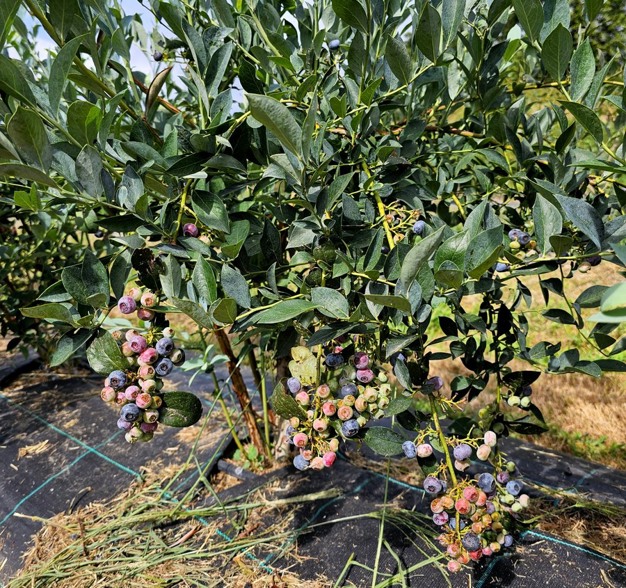
"In our nursery, in particular, we have the licence to produce the Velluto Blue variety, which was obtained directly from its New Zealand breeder. Between 2021 and 2022, we started testing this variety together with Fall Creek Nursery and were the first to grow the Velluto Blue in Spain and Portugal. We saw that it stood out among Rabbiteye varieties for its good quality and improved flavor, and for delivering a notably higher productivity than preceding Rabbiteye varieties, with an average of between 4 and 5 kilos of fruit per plant."
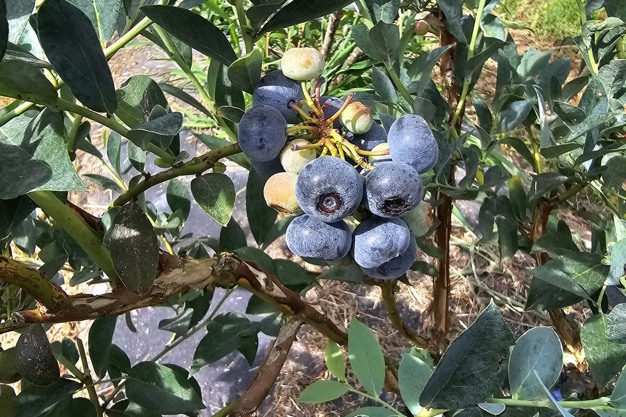
"Velluto Blue, like all Rabbiteye varieties, is characterized by its very late production. Also, according to our tests, it can be grown in areas of France, Italy, Spain and Portugal."
"In Spain and Portugal, the season runs in July and August in the southern area, and in the plantations in the north it can continue until early/mid-September; a period in which there are very few good varieties on the market for these climates."
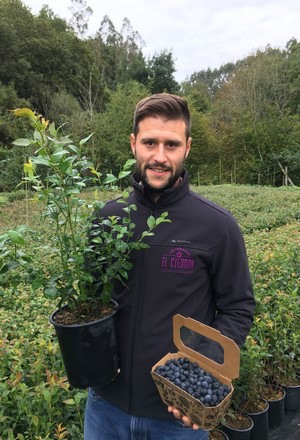 "Huelva and the production area of the Algarve, in the south of Portugal, normally finish their seasons with Legacy type varieties that are already in decline by the middle of June. Until now, there weren't any really productive varieties for the southern area with sufficient quality for the market to accept them. That is why having a variety such as the Velluto Blue is very important, because it would allow the Spanish harvest to start by the end of January/beginning of February with the extra-early varieties, and for the campaign to be extended until practically October or November with blueberries of domestic origin."
"Huelva and the production area of the Algarve, in the south of Portugal, normally finish their seasons with Legacy type varieties that are already in decline by the middle of June. Until now, there weren't any really productive varieties for the southern area with sufficient quality for the market to accept them. That is why having a variety such as the Velluto Blue is very important, because it would allow the Spanish harvest to start by the end of January/beginning of February with the extra-early varieties, and for the campaign to be extended until practically October or November with blueberries of domestic origin."
"Another key factor is the weather. In fact, the weather conditions have taken a toll on the Peruvian blueberry production, but here in Asturias we still have very stable temperatures and also sufficient water, excellent for berry cultivation."
"Minikiwis are handled like any other berry due to its characteristics and properties"
For El Cierrón, blueberry cultivation started in 1989 thanks to Adrián's father, Juan Carlos García Rubio, who had first-hand experience with the crop as a Serida technician. In 1992, they started up the nursery in Villaviciosa, where in addition to producing blueberry plants, they grow all kinds of berries for their sale to end consumers, as well as minikiwi, "which is handled like any other berry, due to its characteristics and properties."
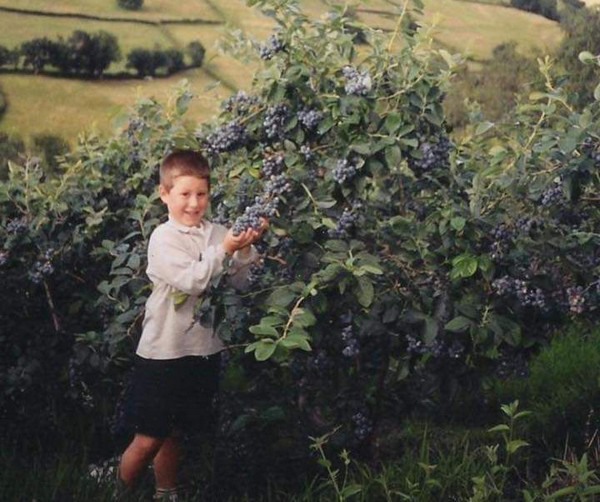
Adrián in the blueberry plantation in 1996.
"Minikiwis are kiwis that can be eaten without having to peel them, just like grapes, and which stand out for their high antioxidant content. The Spanish season takes place between August and September. It's a shorter season than we would like, but there's great potential for consumption to grow, as evidenced by the response from consumers to this year's production. We believe that in 3 or 4 years' time it will be widely available in supermarkets."
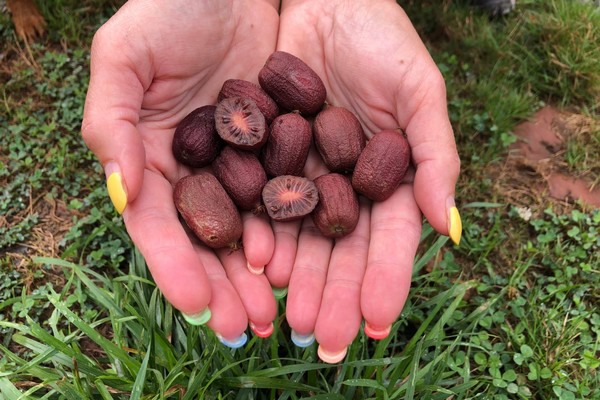
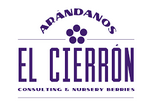 For more information:
For more information:
Arándanos El Cierrón
Les Vegues, 33311 Fuentes, Asturias. Spain
Tel.: +34 619 27 14 08
www.arandanoselcierron.com
